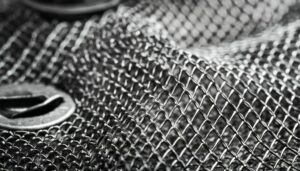We cannot overlook the significant contribution of mesh weaves used in last chance filters. Different meshes are better suited to different applications to achieve desired filtration requirements whilst withstanding various environmental factors. This article explains the traits of five key mesh weave types: Plain, Plain Dutch, Plain Twill, Twill Dutch, and Reverse Plain Dutch weaves.
Weave Types
Description: All weft wires pass under & over each warp wire. General purpose mesh.
Pressure Drop: Low
Mechanical Loading Resistance: Low
Filtration Ability: 11mm – 26µm*
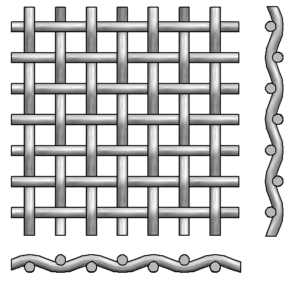
Pressure Drop: Medium
Mechanical Loading Resistance: High
Filtration Ability: 260µm – 40µm*
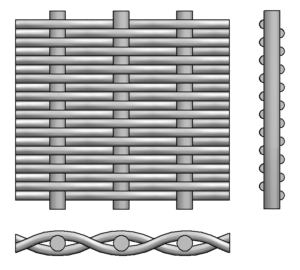
Description: Similar to Plain Weave however each weft passes over and under 2 warp wires.
Pressure Drop: Low
Mechanical Loading resistance: Medium
Filtration Ability: 62µm – 26µm*
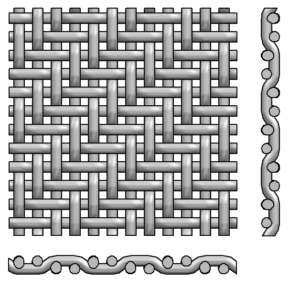
Description: Similar to Plain Dutch Weave however weft wires are woven in a 2 under, 2 over pattern.
Pressure Drop: High
Mechanical Loading Resistance: High
Filtration Ability: 25µm – 2µm*
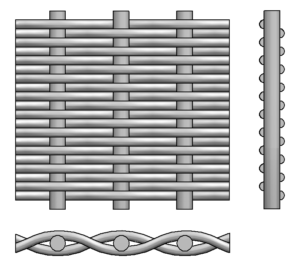
Description: Similar to Plain Dutch however in this configuration the weft wires are bigger than the warp wires. Ideal for backwashing*.
Pressure Drop: Medium
Mechanical Loading Resistance: High
Filtration Ability: 80µm – 17µm*
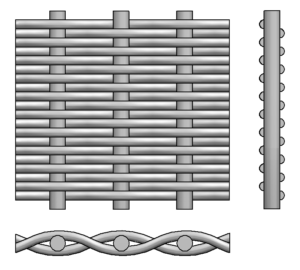
*Backwashing is the process where a high differential pressure is applied opposite to the normal flow direction to remove the filter cake and increase the life of the element.
Weave types images source: United Wire
Each mesh weave variant caters differently to particular operational demands whilst presenting their own limitations. It’s essential you evaluate these characteristics critically to obtain optimal performance from your filtration systems.
